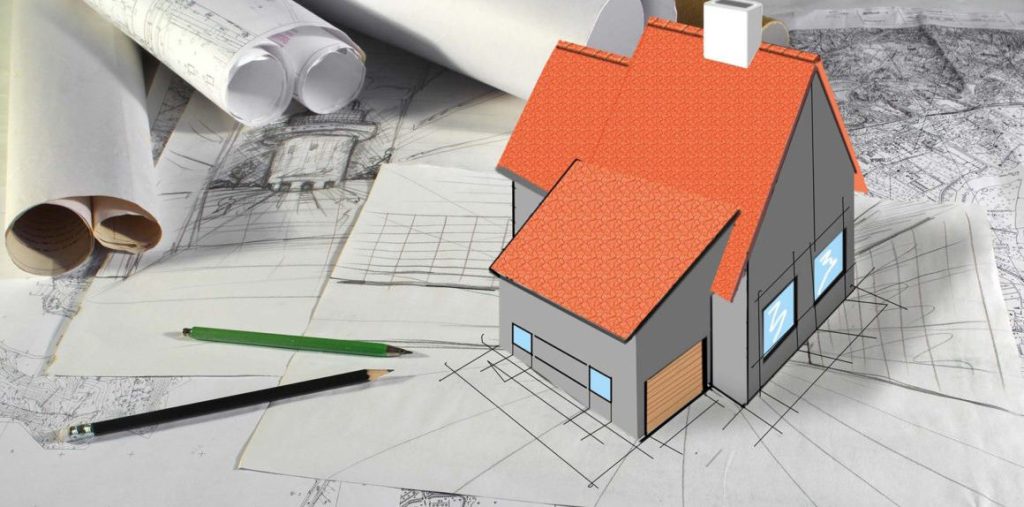
Urban planning frequently includes exploring complex guidelines and assignments to offset advancement needs with natural security. One such assignment that has acquired consideration is the “grey belt,” a region that lies between urban conditions and safeguarded green belts. Understanding grey belt planning permission is critical for engineers, urban organisers, and policymakers as they try to address housing deficiencies and urban development.
What is the Grey Belt?
The grey belt alludes to areas of land arranged on the fringe of urban spaces; however, it is not a named piece of the green belt, which is safeguarded for its natural and sporting worth. Not at all like green belts, grey belts have fewer limitations on advancement. These regions frequently involve underutilised or semi-country land, including previous modern destinations, abandoned structures, and peripheral rural land.
Significance of the Grey Belt
The grey belt holds huge potential for urban turn of events, especially in tending to the squeezing need for housing. With green belts confronting severe insurances, the grey belt offers a more adaptable option for development without infringing on profoundly esteemed green spaces. This adaptability can work with the formation of new neighbourhoods, business advancements, and foundation projects, assisting with obliging developing urban populaces.

Planning Permission in the Grey Belt
Getting planning permission in the grey belt includes exploring a remarkable arrangement of difficulties and potential open doors. Neighbourhood specialists normally require extensive planning applications that show how proposed improvements will line up with more extensive urban planning objectives, like supportability, foundation advancement, and local area coordination.
Implications for Future Housing
The grey belt presents a promising road for tending to the housing emergency. By opening these regions for advancement, urban communities can increment housing supply without forfeiting important green spaces. In any case, this approach requires cautious planning and guidelines to stay away from unrestrained urban spread and guarantee that new improvements are maintainable and very much coordinated into existing urban textures.
Neighbourhood states assume a significant part in setting strategies that balance improvement with ecological and local area contemplations. Vital planning and strong public counsel processes are fundamental to guaranteeing that grey belt improvements address the issues of current and future occupants.
The grey belt addresses basic boondocks in urban planning; offering potential chances to expand housing and framework while protecting green belts. Compelling grey belt planning permission processes, directed by supportability and local area commitment standards, are critical to outfitting the capability of grey belts. As urban communities keep on developing, the smart advancement of grey belts will be instrumental in making decent, tough urban conditions.






